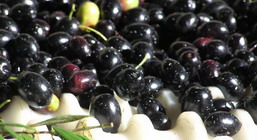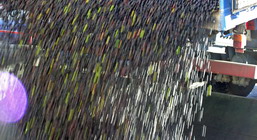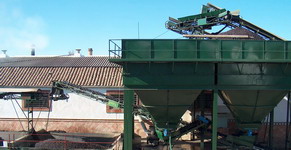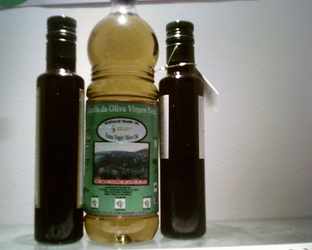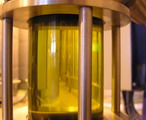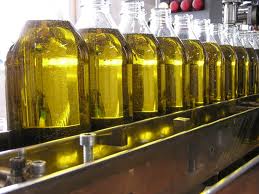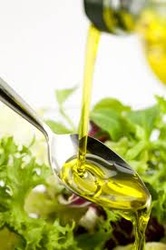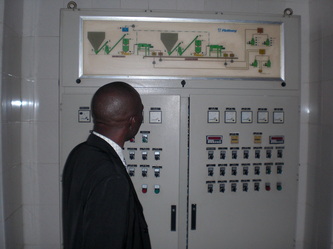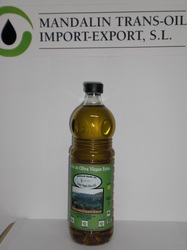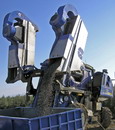Collection, processing and cleaning.
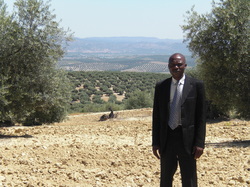
Olives are harvested using a combination fo methods that combines both traditional and modern methods (such as “ordeño" – picking the fruit from the trees, "vareo" – shaking the olives from the tree with long sticks and "vibración" – using specialist machinery to shake the olives from the trees.) Once collected, the olives are transported to the mill where they are sorted for processing. The speed with which the fruit arrives ensures that the juice we obtain from the olive is at its purest, freshest and healthiest. .
Processing and cleaning Although the fruit has already been cleaned in the fields, deliveries arriving at the olive mill often contain leaves and stalks. Once these have been removed the olives are washed again with water.
Separation Once prepared, the olives are pressed using a pneumatic press. This process produces a liquid mass that is cooled. The oil is then extracted from this mass through a continuous system.
Finally the oil is cleaned of minor impurities.
Separation Once prepared, the olives are pressed using a pneumatic press. This process produces a liquid mass that is cooled. The oil is then extracted from this mass through a continuous system.
Finally the oil is cleaned of minor impurities.
Finally the oil is cleaned of minor impurities. Filtering and bottling The oil is sampled and analysed, by MANDALIN TRANS OIL in-house team of experts, as well as a panel of external assessors. We employ a strict methodology in our evaluation methods to ensure that we obtain the finest natural olive oil.
At the point of bottling, the oil is fine filtered to eradicate any remaining particles that may be present. Thus we acheive the transparency of colour that is characteristic of MANDALIN TRANS OIL extra virgin olive oil.
At the point of bottling, the oil is fine filtered to eradicate any remaining particles that may be present. Thus we acheive the transparency of colour that is characteristic of MANDALIN TRANS OIL extra virgin olive oil.
